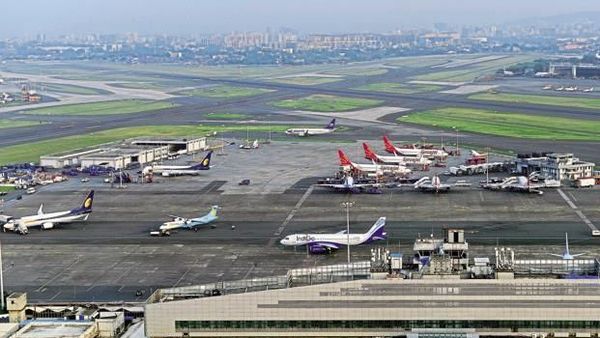After roads, tailwinds favour private sector investment in airports

Recently, Zurich Airports International AG won the bid to develop and operate the Jewar airport near Delhi for 40 years. The Swiss firm’s bid to share revenue of ₹400.97 per passenger with the Airports Authority of India (AAI) beat competition by a wide margin.
But keen participation by leading business firms such as Adani Enterprises Ltd, Delhi International Airports (GMR Group) and international firm Anchorage Infrastructure Investments Ltd shows the rising private sector interest in airports.

This follows the recent deal by Tata group with Singapore’s sovereign wealth fund GIC Pte Ltd and Hong Kong-based SSG Capital Management Ltd to buy 44.44% in GMR Airports Ltd.
Indeed, when the government kicked off airport privatization in early 2000s, the two main developers—GVK Power and Infrastructure Ltd and GMR Infrastructure Ltd—suffered losses along the learning curve. Now, the 4 top airports of Delhi, Mumbai, Hyderabad and Bengaluru are churning operating profits.
The time is ripe now to ramp up private investment in airports. India is expected to emerge as the third-largest aviation market by 2025 with annual passenger departures of about 300 million, over threefold jump since 2017.
“The falling cost of air travel and realization of benefits of time saved is being seen in the marked preference for air travel in the long-distance air-conditioned travel market,” says Kotak Institutional Equities Ltd in a report. Analysts also reckon that private firms and AAI airports are seeing a meaningful drop in debt levels. In comparison, the National Highways Authority of India’s rising leverage and liquidity crunch in the economy, along with land acquisition problems, has led to hiccups in the road sector. Highway developers have been burdened with rising debt due to land acquisition issues, project delays and cost overruns.
That’s not all. Airport revenue is a confluence of air traffic, and aeronautical and non-aeronautical revenue. “The growing number of air travellers and their spending at the airports are helping improve cost structure of air travel,” explains the Kotak report. Such frills include revenue from retail (duty-free and otherwise), advertising, food and beverage, and parking, not seen in other infra sectors.
AAI must take advantage of these tailwinds to lure investors. “It must address external connectivity such as linkages to the city and providing unencumbered site for development to the concessionaire (developer) at the earliest,” says Jagannarayan Padmanabhan, practice leader and director (transport and logistics) at Crisil Infrastructure Advisory.
In fact, given the cash flow and sustained earnings traction possible in airports, companies such as GMR are planning to hive off the airports segment to unlock value for shareholders. If successful, this will reinforce confidence in private sector participation in airports.
[“source=livemint”]




